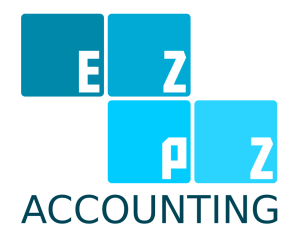How to Set Up Payroll for a Growing Business

As a business grows, managing payroll becomes increasingly complex. Ensuring that employees are paid accurately and on time is essential for maintaining morale, complying with labor laws, and keeping financial records in order.
Setting up a payroll system requires careful planning, from determining employee classifications to selecting the right payroll software. If businesses establish a solid payroll process early on, they can prevent errors, avoid legal penalties, and create a smooth workflow that supports future expansion.
Determine Employee Classification and Compensation
Before setting up payroll, it is crucial to classify employees correctly. Businesses typically hire full-time, part-time, or contract workers, each of whom may have different tax obligations and payment structures. Full-time and part-time employees are generally paid through a salary or hourly wages, with taxes and benefits deducted from their earnings. Independent contractors, on the other hand, receive payments without tax deductions, and they are responsible for handling their own tax filings. Misclassifying employees can result in penalties, so it is essential to consult tax laws and labor regulations to ensure compliance.
In addition to classification, businesses must establish a compensation structure that includes wages, bonuses, and benefits. Employers should also familiarize themselves with overtime rules, minimum wage laws, and required tax withholdings. Setting up a clear payroll policy that outlines payment schedules and deductions will help employees understand how they are compensated while keeping the company legally compliant.
Choose a Payroll System
Growing businesses have several options when it comes to managing payroll. Some companies handle payroll manually, but this method can be time-consuming and prone to errors. Investing in payroll software can streamline the process by automating tax calculations, generating pay stubs, and tracking employee hours. Many payroll software programs integrate with accounting systems, simplifying bookkeeping and financial reporting.
Alternatively, businesses may choose to outsource payroll to a third-party provider. This option is beneficial for companies that do not have the resources to handle payroll internally. Payroll service providers manage tax filings, employee payments, and compliance requirements, reducing the administrative burden on business owners. Whether using software or outsourcing, selecting a payroll solution that aligns with the company’s needs and growth plans is essential.
Register for Payroll Taxes
Employers must register with the appropriate government agencies to handle payroll taxes correctly. This process typically involves obtaining an employer identification number (EIN) from the tax authority and setting up accounts for payroll tax withholding. Businesses must also comply with state and local tax regulations, as requirements may vary depending on the location.
Payroll taxes include income tax withholdings, Social Security and Medicare contributions, and unemployment taxes. Employers are responsible for deducting these amounts from employee wages and submitting payments to the government. Failing to comply with payroll tax obligations can lead to penalties and audits, making it essential to stay informed about tax deadlines and reporting requirements.
Establish a Payroll Schedule and Maintain Records
A clear payroll schedule ensures that employees receive their wages consistently. Businesses should decide whether to pay employees weekly, biweekly, or monthly and communicate the schedule to their workforce. Payroll records, including pay stubs, tax filings, and timesheets, must also be maintained for compliance and auditing purposes.
By setting up an efficient payroll system, growing businesses can avoid payroll errors, ensure compliance, and provide employees with timely compensation. Proper payroll management contributes to a stable work environment and supports long-term business success.
